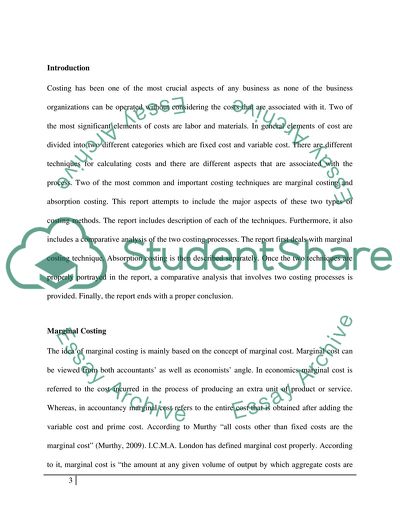Cite this document
(Absorption Costing and Marginal Costing Term Paper, n.d.)
Absorption Costing and Marginal Costing Term Paper. Retrieved from https://studentshare.org/macro-microeconomics/1741063-compar-and-contrast-absorption-costing-and-marginal-costing
Absorption Costing and Marginal Costing Term Paper. Retrieved from https://studentshare.org/macro-microeconomics/1741063-compar-and-contrast-absorption-costing-and-marginal-costing
(Absorption Costing and Marginal Costing Term Paper)
Absorption Costing and Marginal Costing Term Paper. https://studentshare.org/macro-microeconomics/1741063-compar-and-contrast-absorption-costing-and-marginal-costing.
Absorption Costing and Marginal Costing Term Paper. https://studentshare.org/macro-microeconomics/1741063-compar-and-contrast-absorption-costing-and-marginal-costing.
“Absorption Costing and Marginal Costing Term Paper”. https://studentshare.org/macro-microeconomics/1741063-compar-and-contrast-absorption-costing-and-marginal-costing.


